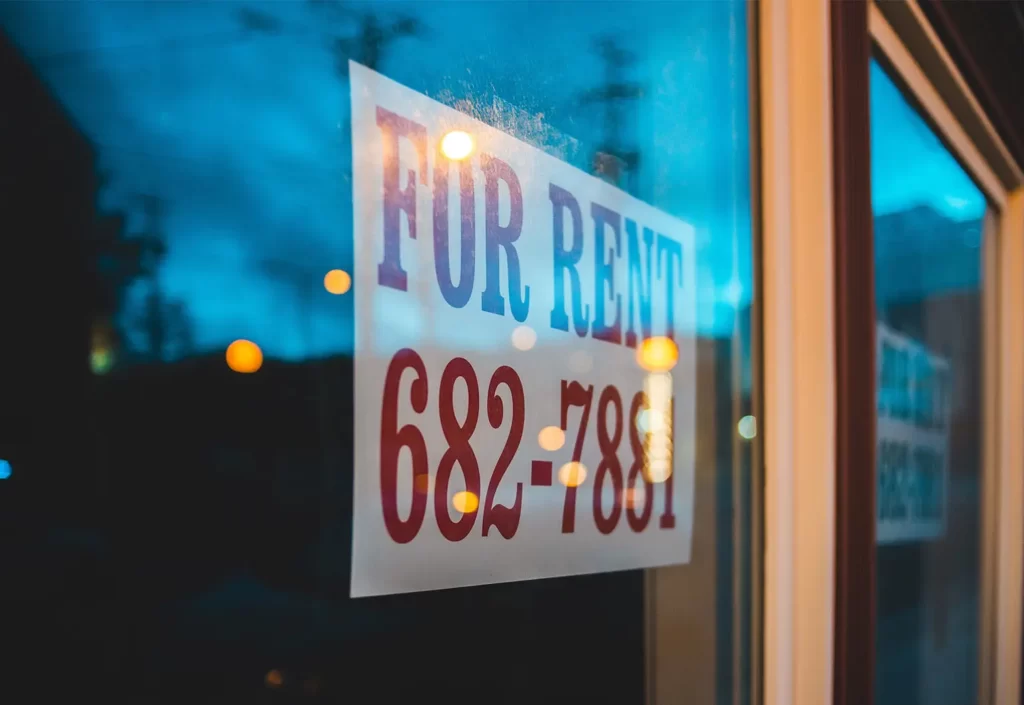Investing in rental properties can be lucrative, but it requires a thorough understanding of key metrics to make informed decisions. Every real estate investor should grasp two crucial metrics: cash-on-cash return and average cash flow. This blog will delve into these metrics and explore their significance in evaluating rental property investments. We will also see the Average Cash Flow on a Rental Property.
Cash on Cash: A Key Performance Indicator

Cash on cash return is a fundamental metric used to assess the profitability of rental property investment. It measures the property’s annual return on investment (ROI) relative to the initial cash investment.
Investors can determine the percentage return they can expect on their invested capital by considering the cash flow generated and the cash invested. The formula for calculating cash on cash return is relatively simple. It involves dividing the annual cash flow by the total cash investment and multiplying the result by 100 to obtain a percentage. A higher cash-on-cash return indicates a more profitable investment.
Several factors can impact a good cash-on-cash return. These factors include rental income, property expenses (maintenance, taxes, and insurance), vacancy rates, and financing costs. It is essential to carefully analyze these variables before making investment decisions to ensure a favourable return.
House for rent by owner: A Viable Option

House for rent by the owner, no credit check, or renting a house directly from the owner, without a credit check, can be an attractive option for both tenants and landlords. This approach may provide tenants more flexibility, as they can negotiate terms directly with the owner and avoid potential hurdles associated with credit checks. Landlords benefit from the streamlined process, allowing them to have direct control over their property and select tenants based on their judgment and preferences.
Cash flow on rental properties
Most people ask about what is a good cash-on-cash return. Or what is the average cash flow on a rental property? Cash flow is a critical metric that determines the potential returns of rental property investment. It represents the income generated from the property after deducting all expenses. Positive cash flow indicates that the property generates a surplus, while negative cash flow implies a shortfall.
Various factors can affect the average cash flow on rental properties. These factors include rental rates, vacancy rates, property taxes, insurance costs, maintenance expenses, and property management fees. Investors must carefully assess these factors to estimate the average cash flow accurately.
While the benchmark for an excellent average cash flow may vary depending on the location and market conditions, a general rule of thumb is to aim for a positive cash flow that covers expenses and allows for future growth and potential unforeseen costs.
What is the Average Cash Flow on a Rental Property?

The average cash flow on a rental property can vary greatly depending on various factors, such as location, property type, expenses, rental market conditions, and financing terms. To illustrate, let’s consider an example:
Let’s say you own a rental property, a residential apartment, in a city where the average monthly rent for similar properties is $1,500. Here’s a breakdown of the financials for this property:
- Gross Rental Income: Assuming your apartment is occupied for the entire year, the gross rental income would be $1,500 monthly multiplied by 12 months, totalling $18,000 annually.
- Operating Expenses: Operating expenses include property taxes, insurance, maintenance costs, repairs, property management fees, vacancy costs, and utilities. For this example, let’s assume the total annual operating expenses amount to $5,000.
- Net Operating Income (NOI): To calculate the net operating income, subtract the operating expenses from the gross rental income: $18,000 – $5,000 = $13,000.
- Cash Flow: Cash flow is the amount left after deducting all expenses, including mortgage payments, from the net operating income. Let’s assume you have a mortgage on the property, and the annual mortgage payments amount to $8,000. Therefore, the cash flow would be $13,000 – $8,000 = $5,000.
In this example, the average cash flow on your rental property is $5,000 per year. It’s worth noting that this is a simplified example, and various factors like interest rates, loan terms, depreciation, and other costs specific to your situation can influence actual cash flow.
Cash flow can also vary significantly depending on the specific circumstances of each rental property. It’s crucial to perform a detailed analysis, consider all expenses, and adjust for potential risks and fluctuations in the rental market to obtain an accurate cash flow projection for your rental property.
Cash vs Mortgage: financing rental property purchases
When financing rental property purchases and buying rental property for cash or with a mortgage, investors decide to buy properties with money or obtain a mortgage. Each option has its advantages and disadvantages. Buying a property with cash provides immediate ownership and eliminates the burden of mortgage payments. It also offers more negotiating power and reduces overall costs by avoiding interest payments. However, tying up a significant amount of capital in one investment may limit diversification opportunities and lower liquidity.
On the other hand, financing through a mortgage allows investors to leverage their investment by utilizing borrowed funds. This strategy enables them to allocate capital across multiple properties, increasing potential returns. However, mortgage payments and interest costs reduce cash flow and must be factored into the investment analysis.
Ultimately, the decision between cash and mortgage financing depends on personal circumstances and investment goals. Investors should carefully evaluate their financial position, risk tolerance, and long-term objectives before choosing the most suitable financing method.
The appeal of rental property investments

Answering the most asked question, i.e., is rental property a good investment? Investing in rental properties offers numerous benefits that make it an appealing option for many individuals:
- Rental properties can provide a consistent source of passive income, which can supplement or even replace traditional employment income.
- Rental properties have the potential for appreciation, allowing investors to build equity over time.
- Rental property investments may offer tax advantages, including deductions for mortgage interest, property taxes, and depreciation expenses.
These tax benefits can help optimize the overall returns and improve the investment’s cash flow. It is crucial to emphasize that investing in rental properties carries risks and challenges. Market fluctuations, property maintenance, tenant management, and regulatory changes are just a few examples of potential obstacles. Conducting thorough research, seeking professional advice, and developing a comprehensive investment strategy is vital for minimizing risks and maximizing returns.
Landlords’ Earnings: How much can you make?

You may be wondering how much do landlords make? The earnings of landlords can vary significantly depending on various factors. Property ownership plays a pivotal role, as owning multiple properties diversifies the income stream and increases potential earnings. Additionally, rental rates set by market conditions and tenant demand impact the profitability of rental properties. Efficient property management also contributes to landlords’ profits. Effective tenant screening, proactive maintenance, and timely rent collection can minimize vacancies, reduce expenses, and maximize cash flow. Engaging professional property management services may be a suitable option for landlords who prefer to delegate these responsibilities.
Conclusion
Understanding critical metrics are rental properties a good investment, such as cash on cash return and average cash flow, is essential for making informed investment decisions. By comprehending these metrics, investors can assess the profitability of rental properties and estimate potential returns. It is crucial to conduct thorough research, analyze market conditions, and tailor investment strategies to individual goals and circumstances. With proper due diligence and a proactive approach, rental property investments can serve as a valuable source of income and long-term wealth accumulation.
FAQ’s
Q1: How is cash on cash return calculated?
A: To calculate cash on cash return, divide the annual cash flow generated by the property by the total cash investment and multiply the result by 100 to obtain a percentage. This formula allows investors to assess the asset’s profitability based on its generated cash flow.
Q2: What factors can impact an excellent cash-on-cash return?
A: Several factors can impact a good cash-on-cash return, including rental income, property expenses (maintenance, taxes, and insurance), vacancy rates, and financing costs. These factors should be carefully analyzed to ensure a favourable return on investment.
Q3: What is average cash flow, and why is it essential in rental property investments?
A: Average cash flow is the income generated from a rental property after deducting all expenses. It is essential because it helps investors estimate the potential returns and profitability of the investment. Positive cash flow indicates a surplus, while negative cash flow implies a shortfall.
Q4: What factors can affect the average cash flow on rental properties?
A: Several factors can affect the average cash flow on rental properties, including rental rates, vacancy rates, property taxes, insurance costs, maintenance expenses, and property management fees. These factors should be carefully considered when estimating the cash flow of a rental property.
Q5: Is there a benchmark range for a reasonable average cash flow?
A: The benchmark range for a reasonable average cash flow can vary depending on the location and market conditions. However, a general rule of thumb is to aim for a positive cash flow that covers expenses and allows for future growth and potential unforeseen costs.

